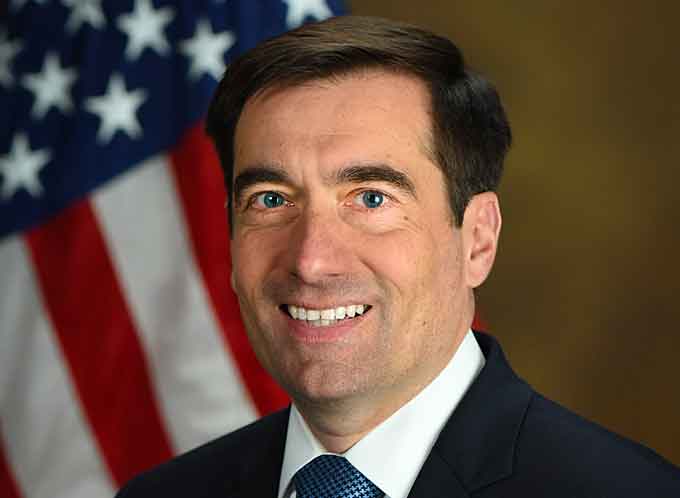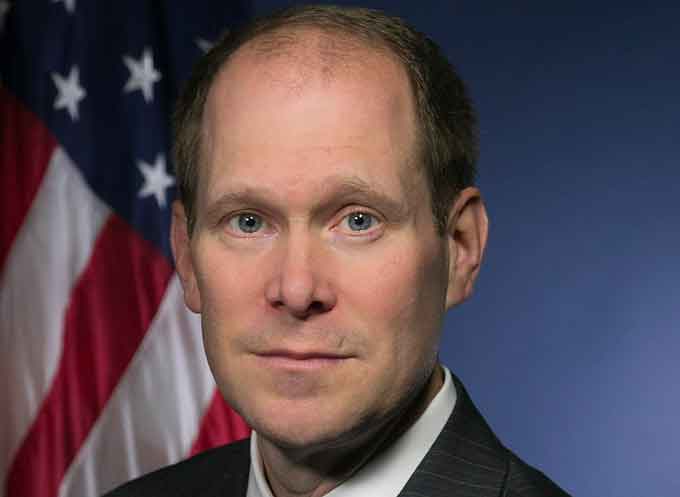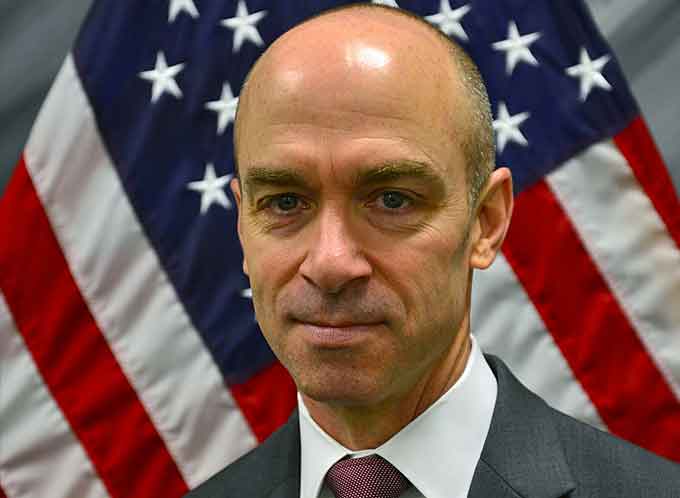Marlonn Hicks, 31, of Crown Point, Indiana, was sentenced today to 15 years in prison, to be followed by 3 years of supervised release, for distributing information regarding the manufacture and use of explosives, with the intent that the information be used for and in furtherance of a crime of violence.
The sentence was announced by Assistant Attorney General for National Security John C. Demers, U.S. Attorney Thomas L. Kirsch II for the Northern District of Indiana and Special Agent in Charge Grant Mendenhall of the FBI’s Indianapolis Division.
The sentence was issued by U.S. District Court Judge Joseph S. Van Bokkelen.

“The Department of Justice is committed to investigating and prosecuting terrorist threats against our homeland,” said Assistant Attorney General Demers.
“The defendant plotted to conduct an attack on U.S. soil and, with today’s sentence, he is being held accountable for his actions.”
“I applaud the efforts of the agents and prosecutors to achieve this successful outcome. Their work will ensure that the actions of the defendant, inspired by evil, will serve only as a cautionary tale for other would-be terrorists.”

“This exemplifies the Government’s commitment to prevent terrorism,” said U.S. Attorney Kirsch.”
“Rather than mourning the tragic attacks in Orlando, Hicks was inspired to try to commit a terror attack to kill innocent victims in the United States.”
“My Office, working with the FBI and the National Security Division, quickly and efficiently eliminated the threat to public safety created by Mr. Hicks’ illegal activities.”
“The online communications by Mr. Hicks drew swift attention from our agents, who had identified and monitored him early in his path to radicalization,” said Special Agent in Charge Mendenhall.

“As this radicalization deepened, the FBI continued to monitor Mr. Hicks’ activity and took action to mitigate any threats ensuring the public’s safety.”
According to the documents in this case, Hicks rapidly transformed from a vocal online supporter of the Islamic State of Iraq and al-Sham (ISIS), a designated foreign terrorist organization, to someone planning a terrorist act.
Within days of the Orlando, Florida Pulse Nightclub terrorist attack, Hicks was inspired to commit an act of terrorism and kill innocent civilians.
On June 21, 2016, nine days after the Pulse massacre, Hicks discussed “getting busy” with a FBI source who Hicks believed was an ISIS supporter.
Hicks sent this source two manuals on how to manufacture and use explosives and poisons and continued to discuss with this FBI source possible terror attacks.

Hicks made his motivation for the planned attacks clear, exclaiming that since the FBI and similar government personnel “have shut the door now [on his ability to travel to ISIS controlled territory and fight there] I’m gonna open the door to hell for them.”
As he began to develop an attack plan, in addition to sending the above referenced manuals, he discussed coordinating attacks to create “more of an audience.”
Hicks also discussed how to obtain firearms and practice with them. Hicks clearly communicated to multiple sources and during his post-arrest interview that he wanted everyone to know the attacks were carried out in the name of ISIS.
During FBI surveillance, Hicks warned one of the FBI sources to “be careful the boys was just following me” referring to then ongoing FBI surveillance.
During a message exchange with the FBI source Hicks said he was “strapped,” showed a picture of his firearm, and said “if they had me on anything I’d already be dead cause in Shaa Allah [translated as “god willing”] I ain’t going to jail.”
Hicks was arrested on federal charges without incident in July 2016 and has remained in federal custody since his arrest.
The case is being prosecuted by the National Security Division’s Counterterrorism Section and the U.S. Attorney’s Office of the Northern District of Indiana.
The case was investigated by the FBI’s Indianapolis Division and the Indianapolis Joint Terrorism Task Force.
Joint Terrorism Task Forces
The FBI’s Joint Terrorism Task Forces, or JTTFs, are our nation’s front line on terrorism: small cells of highly trained, locally based, passionately committed investigators, analysts, linguists, SWAT experts, and other specialists from dozens of U.S. law enforcement and intelligence agencies.

When it comes to investigating terrorism, they do it all: chase down leads, gather evidence, make arrests, provide security for special events, conduct training, collect and share intelligence, and respond to threats and incidents at a moment’s notice.
The task forces are based in 104 cities nationwide, including at least one in each of our 56 field offices.
A total of 71 of these JTTFs have been created since 9/11; the first was established in New York City in 1980.
Today, the JTTFs include approximately 4,000 members nationwide—more than four times the pre-9/11 total—hailing from over 500 state and local agencies and 55 federal agencies (the Department of Homeland Security, the U.S. military, Immigration and Customs Enforcement, and the Transportation Security Administration, to name a few).
The JTTFs provide one-stop shopping for information regarding terrorist activities. They enable a shared intelligence base across many agencies.
They create familiarity among investigators and managers before a crisis.



















